Regulators at the U.S. Federal Trade Commission (FTC) are asking for public comment on the effectiveness of the CAN-SPAM Act, a 14-year-old federal law that seeks to crack down on unsolicited commercial email. Judging from an unscientific survey by this author, the FTC is bound to get an earful.

Signed into law by President George W. Bush in 2003, the “Controlling the Assault of Non-Solicited Pornography and Marketing Act” was passed in response to a rapid increase in junk email marketing.
The law makes it a misdemeanor to spoof the information in the “from:” field of any marketing message, and prohibits the sending of sexually-oriented spam without labeling it “sexually explicit.” The law also requires spammers to offer recipients a way to opt-out of receiving further messages, and to process unsubscribe requests within 10 business days.
The “CAN” in CAN-SPAM was a play on the verb “to can,” as in “to put an end to,” or “to throw away,” but critics of the law often refer to it as the YOU-CAN-SPAM Act, charging that it essentially legalized spamming. That’s partly because the law does not require spammers to get permission before they send junk email. But also because the act prevents states from enacting stronger anti-spam protections, and it bars individuals from suing spammers except under laws not specific to email.
Those same critics often argue that the law is rarely enforced, although a search on the FTC’s site for CAN-SPAM press releases produces quite a few civil suits brought by the commission against marketers over the years. Nevertheless, any law affecting Internet commerce is bound to need a few tweaks over the years, and CAN-SPAM has been showing its age for some time now.
Ron Guilmette, an anti-spam activists whose work has been profiled extensively on this blog, didn’t sugar-coat it, calling CAN-SPAM “a travesty that was foisted upon the American people by a small handful of powerful companies, most notably AOL and Microsoft, and by their obedient lackeys in Congress.”
According to Guilmette, the Act was deliberately fashioned so as to nullify California’s more restrictive anti-spam law, and it made it impossible for individual victims of spam to sue spam senders. Rather, he said, that right was reserved only for the same big companies that lobbied heavily for the passage of the CAN-SPAM Act.
“The entire Act should be thrown out and replaced,” Guilmette said. “It hasn’t worked to control spam, and it has in fact only served to make the problem worse.”
In the fix-it-don’t-junk-it camp is Joe Jerome, policy counsel for the Electronic Frontier Foundation (EFF), a nonprofit digital rights advocacy group. Jerome allowed that CAN-SPAM is far from perfect, but he said it has helped to set some ground rules.
“In her announcement on this effort, Acting Chairman Ohlhausen hinted that regulations can be excessive, outdated, or unnecessary,” Jerome said. “Nothing can be further from the case with respect to spam. CAN-SPAM was largely ineffective in stopping absolutely bad, malicious spammers, but it’s been incredibly important in creating a baseline for commercial email senders. Advertising transparency and easy opt-outs should not be viewed as a burden on companies, and I’d worry that weakening CAN-SPAM would set us back. If anything, we need stronger standards around opt-outs and quicker turn-around time, not less.” Continue reading






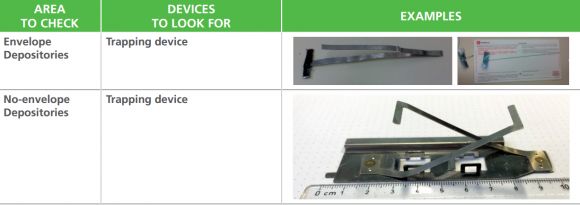
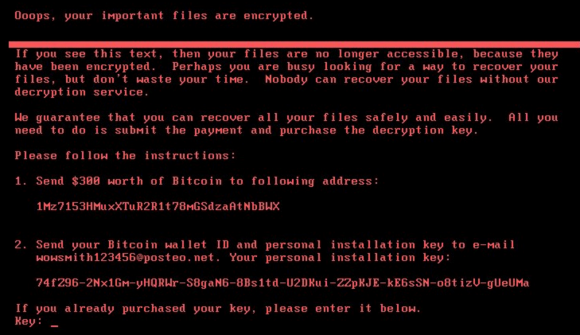
 The reader — Cedric (he asked to keep his last name out of this story) had grown increasingly aggravated with the calls as well, until one day he opted to play along by telling a white lie to the automated voice response system that called him: Yes, he said, yes he definitely was interested in credit repair services.
The reader — Cedric (he asked to keep his last name out of this story) had grown increasingly aggravated with the calls as well, until one day he opted to play along by telling a white lie to the automated voice response system that called him: Yes, he said, yes he definitely was interested in credit repair services.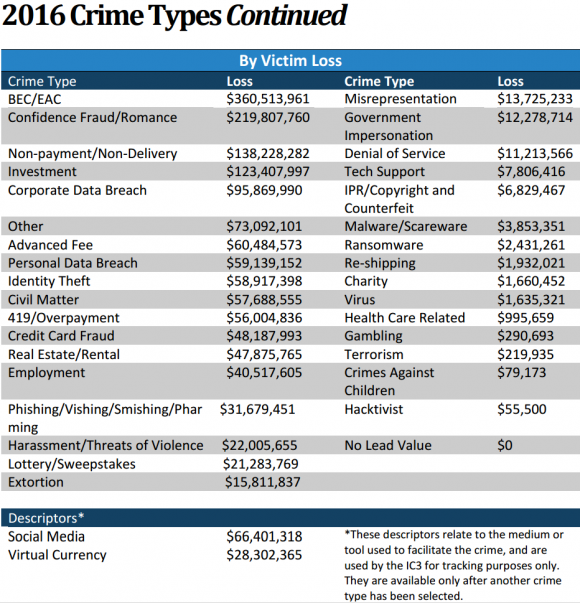


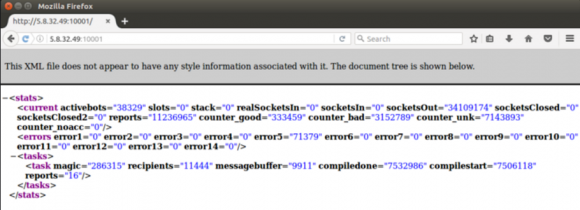
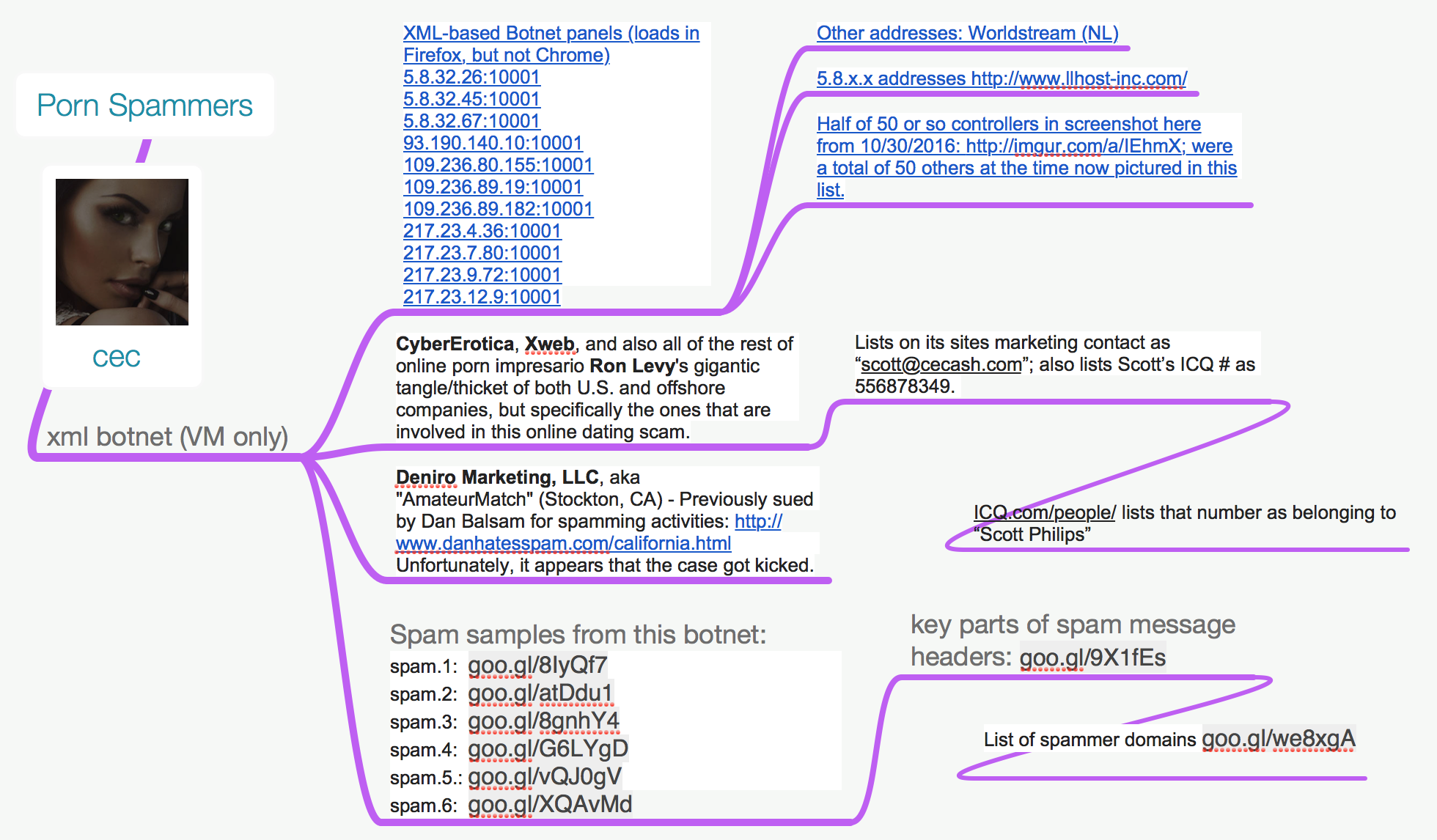
 According to security firm
According to security firm 
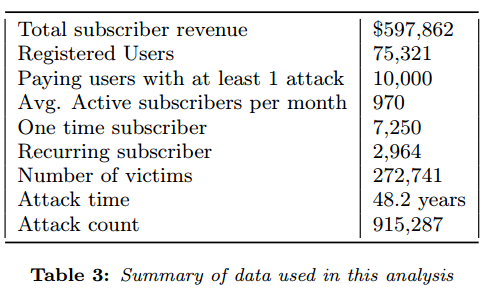 The NYU researchers found that vDOS had extremely low costs, and virtually all of its business was profit. Customers would pay up front for a subscription to the service, which was sold in booter packages priced from $5 to $300. The prices were based partly on the overall number of seconds that an attack may last (e.g., an hour would be 3,600 worth of attack seconds).
The NYU researchers found that vDOS had extremely low costs, and virtually all of its business was profit. Customers would pay up front for a subscription to the service, which was sold in booter packages priced from $5 to $300. The prices were based partly on the overall number of seconds that an attack may last (e.g., an hour would be 3,600 worth of attack seconds).